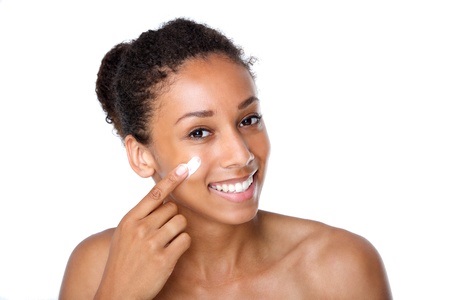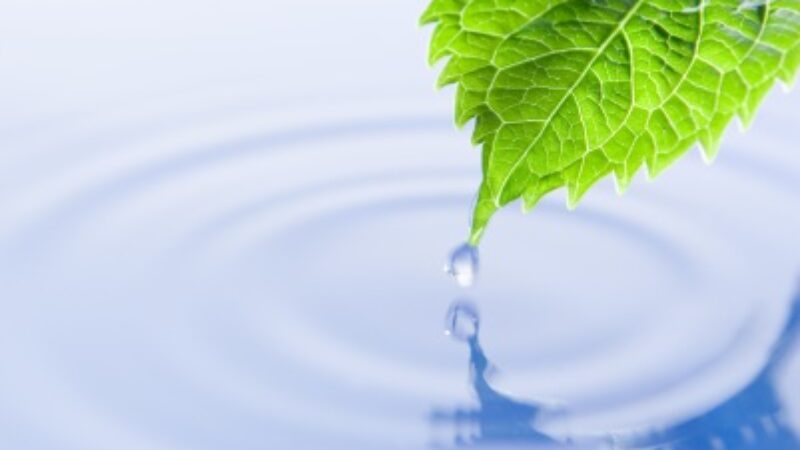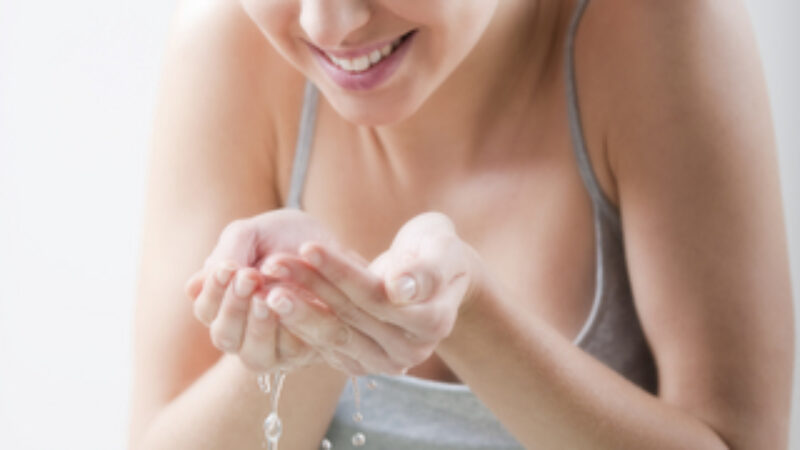Although acneic and oily skin are more commonly the partners in crime, there are some who suffer from the unusual combination of acne and dry skin. Finding the right products to treat both can be a real challenge, and if you’ve been dealing with this dilemma for a while, you’d be forgiven for thinking that never the twain shall meet. The trick is navigating the fine balance between acne treatments that won’t further dry out the skin and moisturizers that are robust enough to hydrate without clogging the pores.
Here are 4 key steps to take:
1. Check products that you’re currently using. Are any of them exacerbating the problem, like harsh cleansers? Our skin can change due to hormonal fluctuations, seasonal changes, diet and stress. Our skin care products should be adjusted accordingly.
2. Begin with gentle exfoliation to remove dead skin cells. Dead skin cells can lead to clogged pores and a dull complexion. Beyond that, exfoliation allows skin care products to absorb more efficiently, thus maximizing results. Try Neostrata Acne Purifying Solution, a non-drying toner with 8% glycolic acid.
3. Clear up the acne with a treatment that contains salicylic acid or a retinoid. Beta hydroxy acids is oil soluble, allowing it to penetrate pores that contain oil and assist in unclogging them. Neostrata Blemish Spot Gel contains 2% salicylic acid. Or opt for a treatment containing a retinoid. Retinoids (either as prescription retinoic acid, tazarotene, adapalene, etc or non-prescription retinol or retinaldehyde) work against acne in 2 ways:
a. First, they increase skin cell turnover produce rapid skin cell growth. Normally the skin takes 28 days from first formation of a cell in the basal layer of the epidermis until it is sloughed off. Retinoic acid speeds this process up to 14 to 16 days. It also stimulates the formation of more collagen and blood vessels in the dermis, thickening and plumping the skin in the process.
b. The increase in skin cell turnover helps to exfoliate.
The combination of these two effects results in a sloughing away of outer skin cell layers, including areas with acne or comedones. Caution though, as sensitive skin types may find retinoids irritating and it’s possible that acne will worsen before it improves. Allow 2 to 4 weeks for optimal results. Try Apothekari A is for Anti-Aging, which boasts gentle yet effective retinaldehyde. Caution: choose either salicylic acid or a retinoid (or use them on alternate nights) as the combination of the two may be too irritating for most skin types.
4. Choose a moisturizer is that is non-comedogenic, like La Roche Posay Hydreane Light or Apothekari Daily Infusion. Many acne treatments are geared toward treating blemishes and oily skin and may dry out skin further, so your choice of moisturizer is especially important. Look for hydrating ingredients such as glycerin, squalene, and hyaluronic acid, which can hold up to 100 times its weight in water.
Keep this routine for the evening as glycolic acid and salicylic acid can make your skin more susceptible to sun damage. Your daytime routine should include a gentle cleanser (Apothekari AHA- Mazing Cleansing Gel also works to exfoliate), then a good moisturizer with sun filters or a broad spectrum sunscreen that has moisturizing ingredients. La Roche Posay Hydraphase UV contains Mexoryl SX for SPF 30 protection while providing intense targeted hydration.
The combination of dry and acne-prone skin is uncommon but with diligence, you should see improvements.



